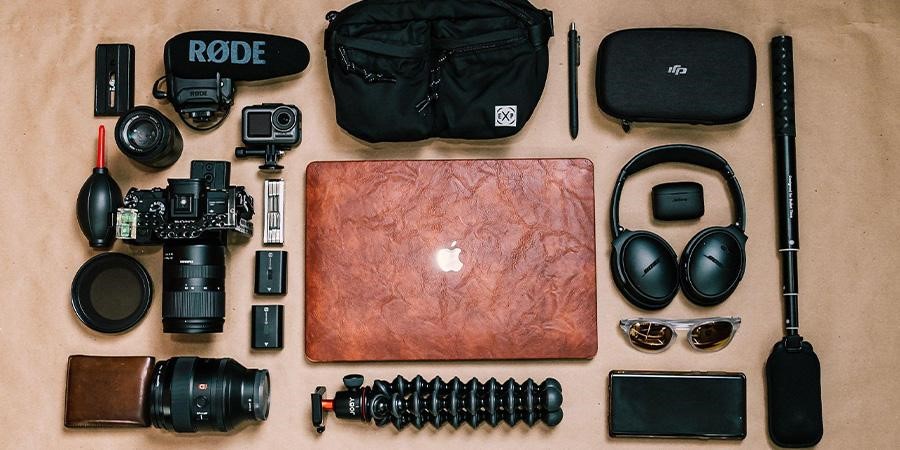
Especially in the run-up to Christmas, children have long wish lists. But reports of product recalls and toxic substances in children’s toys are unsafe. When it comes to toys, hasty purchases should be avoided at Christmas time. And online shopping is the best choice. Click Malaysia online Toy store for more.
Buy toys on the Internet
The consumer advice center in North Rhine-Westphalia provides information on what to look out for when shopping online. Good children’s toys should be stable and safe so that a child can enjoy them for a long time. But how can you check this using a product image on the screen of a smartphone, tablet or PC. In addition, there is often a lack of information on the safety and harmful substance content of toys on the Internet. Legal claims can hardly be asserted for dealers based outside the EU, and qualitative guidelines often do not apply. The targeted search for the right seals of approval can help.
1. Seal of approval and mark
It is easy to determine the price and design of a toy. The situation is different when it comes to quality. A look at the packaging often helps: What seal of approval has the product received? The most common test marks are: GS mark, proof mark and “LGA Tested Quality” certificate. The VDE seal is decisive for electronic toys. In addition, the “Blue Angel” and “spiel gut” seals of approval stand for tested, environmentally friendly and safe products.
2. Test results
Parents should find out before buying whether test results from the current consumer advocates are already available for the respective product. Stiftung Warentest tests products and publishes the results in a monthly magazine. The local consumer advice center will also be happy to help.
3. Advice
Before buying, parents should have held the toy in their own hands. This is the only way to get a comprehensive picture of quality and safety. For this reason, retail and department stores are better suited to Christmas shopping than internet retailers.
4. Odor
Not every toy also has a test seal. Then it is important to trust your senses when buying. The first clue is the smell test: Does the toy smell neutral or strongly of chemicals? A noticeable odor can indicate harmful solvents. Also, it is better to leave scented toys such as teddies or dolls in the shop. Some fragrances can cause allergies.
5. Processing
The toy must not have any sharp or pointed edges. Wooden toys should be smooth and well made so that no splinters come off. Foldable individual parts must be avoided, especially with babies and toddlers, as this can lead to crushing. Is the product stable? Does it have small or easily removable parts such as eyes or buttons? If no care can be seen, negative conclusions can be drawn about the quality of the toy.
6. Painted surfaces
Painted toys must be resistant to sweat and saliva. With products for smaller children, make sure that they are washable. Tip: If paint sticks to your hand when you rub it with a moistened finger: keep your fingers off!
7. Plastic
Plastic parts should not be made of PVC, which often contains harmful plasticizers. Toys made of ABS plastic, on the other hand, are harmless. A look at the toy itself helps: a triangle on the plastic provides information about its composition. You can recognize the dangerous PVC by the 03.
8. Noise
Stay away from rattles and instruments that an adult perceives to be too loud. Children’s ears are sensitive. It is essential to observe the age information for such products.
9. Small parts
Toys that are smaller than a ping pong ball are unsuitable for toddlers under the age of three. Likewise, the toy should not have any small parts that could be swallowed or any removable batteries. In the case of gifts with small parts inside, for example rattles, value should be placed on good workmanship. When buying such gifts, it is essential to note the age specification “Not suitable for children under three years of age”.
10. Beware of cheap products
When buying children’s toys, the following applies: Cheap products are often less well made and therefore less safe. In the case of cheap products, there is a high risk of coming across counterfeit seals of approval. In many cases, however, counterfeit seals can be easily identified: The GS seal, for example, is always attached with the mark of the respective testing institute. If this symbol is missing, the seal may be forged.






More Stories
Timber Dining Tables | Why They Should Be Your Number 1 Choice
How to Use Microwave with Oven Functions for Quick and Easy Cooking
Jersey Shore condo to Beach Townhouse Update